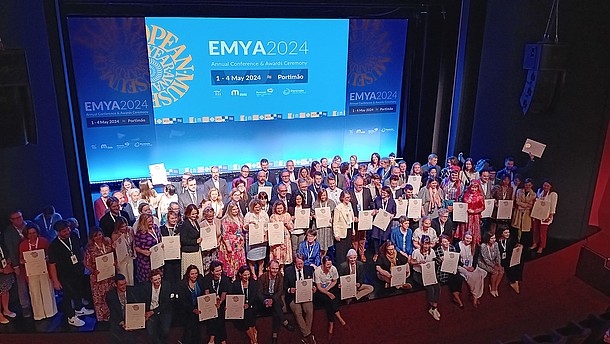The research results also served as a base for creating relevant recommendations on the development of heritage-based open educational resources and online collections for educational use.
The research was run by Centrum Cyfrowe in collaboration with Europeana, EuroClio, and Creative Commons. NEMO contributed by sharing the survey with its members and network.
Centrum Cyfrowe has created a sneak peak of the findings:
- According to the teachers and non-formal educators, the more heritage-based tools & resources and online collections are available for educational purposes, the better:
94% of them agree that digital heritage-based tools & resources are important and help teachers and non-formal educators perform educational activities,
84% claim that each cultural heritage institution should develop such interactive materials and digital resources. - Online digital collections and their context information are the most frequently used resources published by cultural heritage institutions:
85% of surveyed teachers and non-formal educators use online digital collections while conducting educational activities,
70% of respondents confirm the use of educational interactive web-based materials (games, quizzes, virtual tours),
64% admit that they use digital educational resources (lesson plans, learning scenarios, tutorials). - The study showed that huge dispersion and difficulty with searching and finding heritage-based tools & resources and online collections are the major barriers for teachers and non-formal educators:
40% of respondents claim "they are hard to find",
32% state "they are not gathered in one place, platform, catalogue",
32% believe "they are not well promoted.






